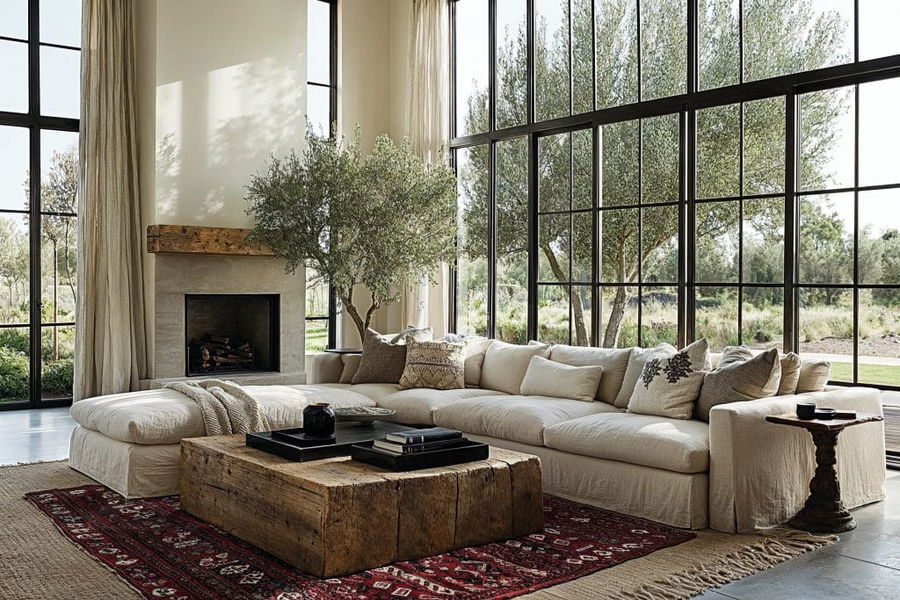
So, you’ve got the keys to your new place; you turn the knob, and voila: There it is, in all its …empty glory. What now? Even when it doesn’t seem so, interior design is a pretty big deal. Your decisions should leave lasting feelings of satisfaction, comfort, and beauty, so here are some crucial home decor mistakes to avoid.
1. Do Not Underestimate the Budget
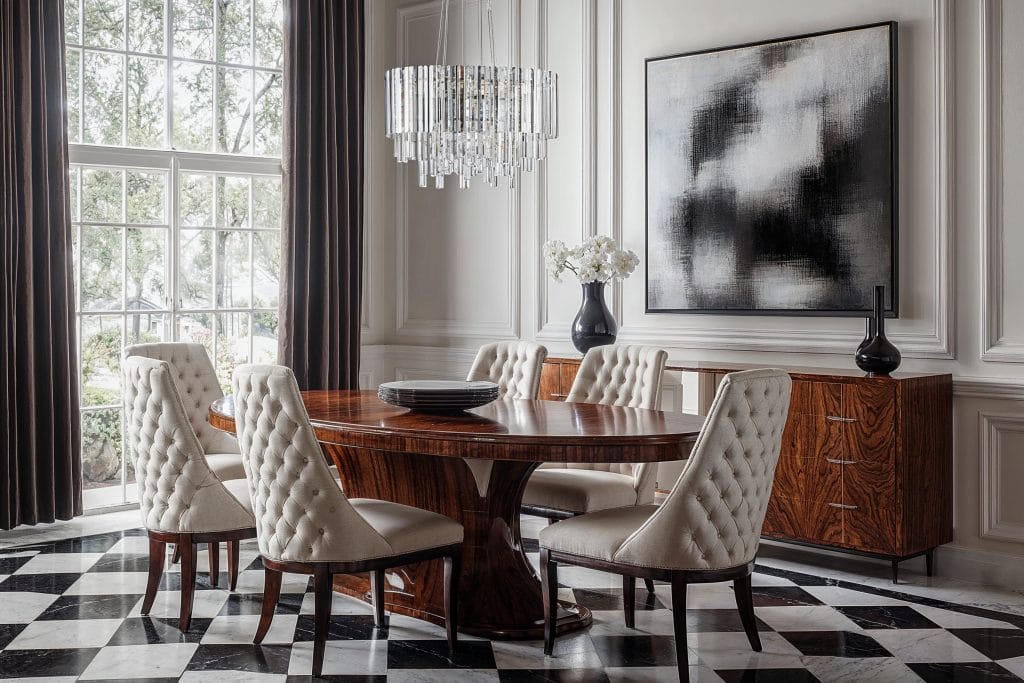
Shopping for your home without an idea how much it costs to decorate a room is a tricky territory. It’s all too easy to splurge on a gorgeous sofa, only to discover those perfect rugs later and realize there are not enough funds left to complete the look. Such interior decorating mistakes can leave you feeling disappointed and your design unbalanced.
A better approach is to start with a plan. Outline what you need and assign a budget limit for each category—furniture, lighting, accessories, etc. Once it’s set, take some time to research sales or decor deals, either online or in stores.
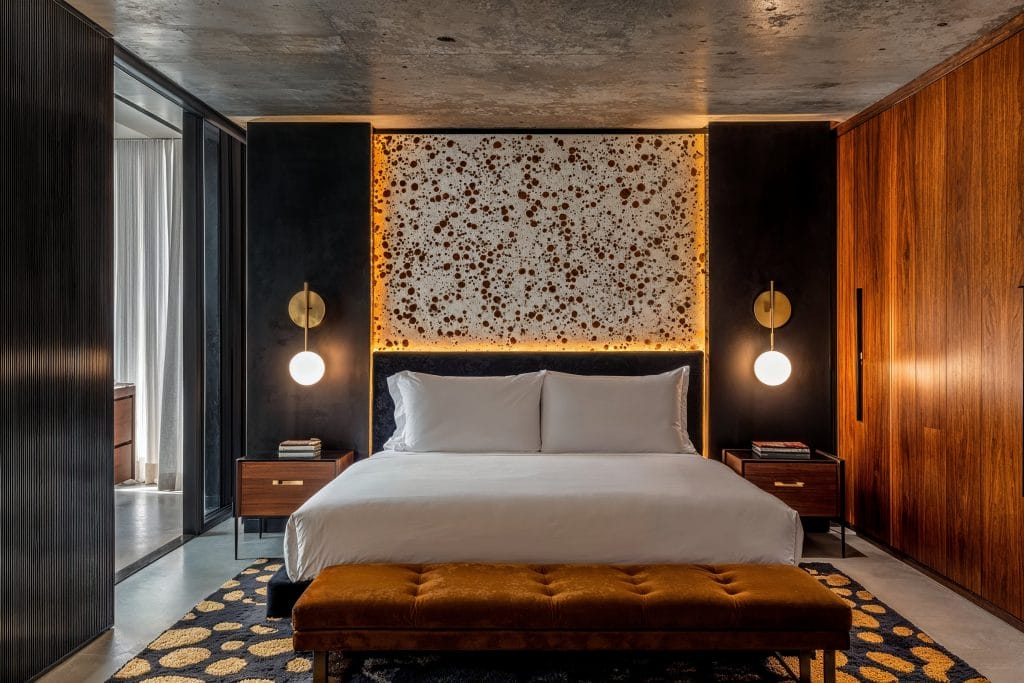
Handy Tip: Services such as Decorilla offer design packages with significant trade discounts on all elements, so it’s another way to stretch your funds significantly, with a great bonus of a professionally assembled interior.
Avoid home decor mistakes by knowing exactly what you want. Try our Free Interior Design Style Quiz to discover your ideal style today!
2. Hold Off on the Paintbrush (or Wallpaper)
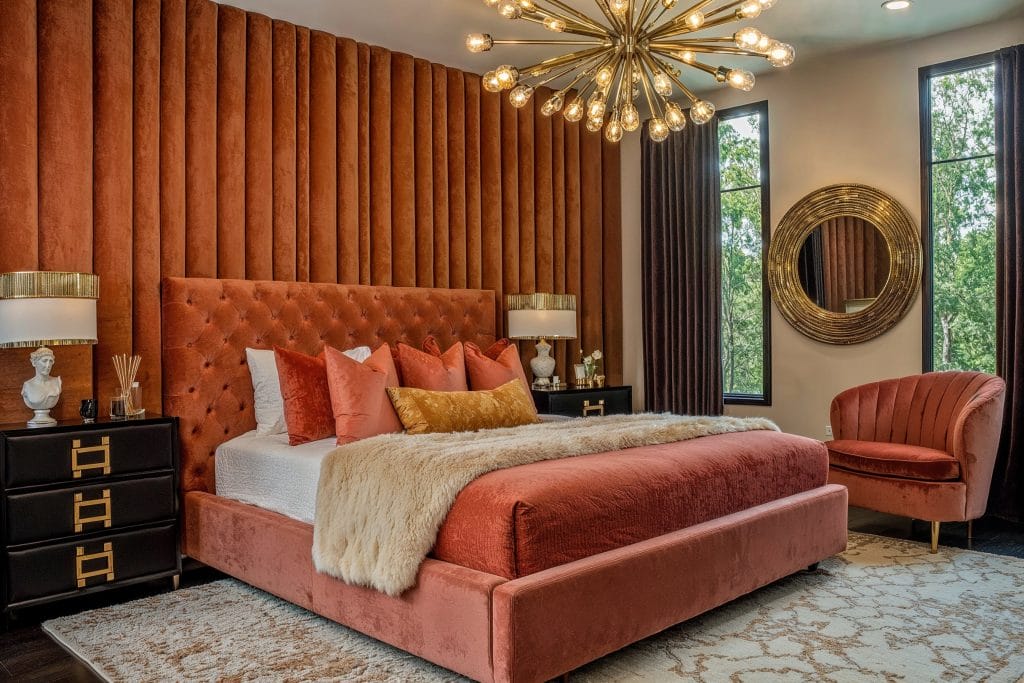
Painting walls might seem like the fastest way to breathe new life into a room, but jumping in without considering other design elements is a classic interior design mistake. Fabric and furniture are harder to match than paint, and choosing the wall color first can box you into a corner.
Instead, you could start by selecting textiles—your rugs, curtains, or upholstery. These larger investments anchor the room’s style, making it easier to pick a coordinating paint shade later.
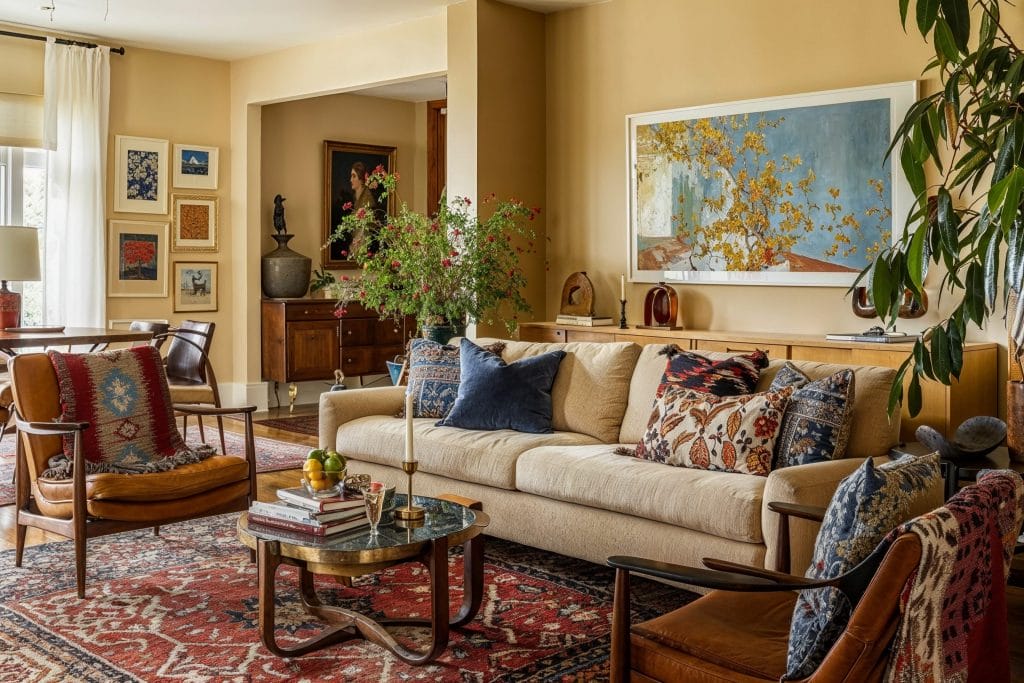
Handy Tip: If you’re unsure, test out a few swatches on the wall and live with them for a few days. You’ll know whether you love it and if it works in all types of lighting and complements your furniture, avoiding home design mistakes that are tough to fix.
3. Don’t Wing It
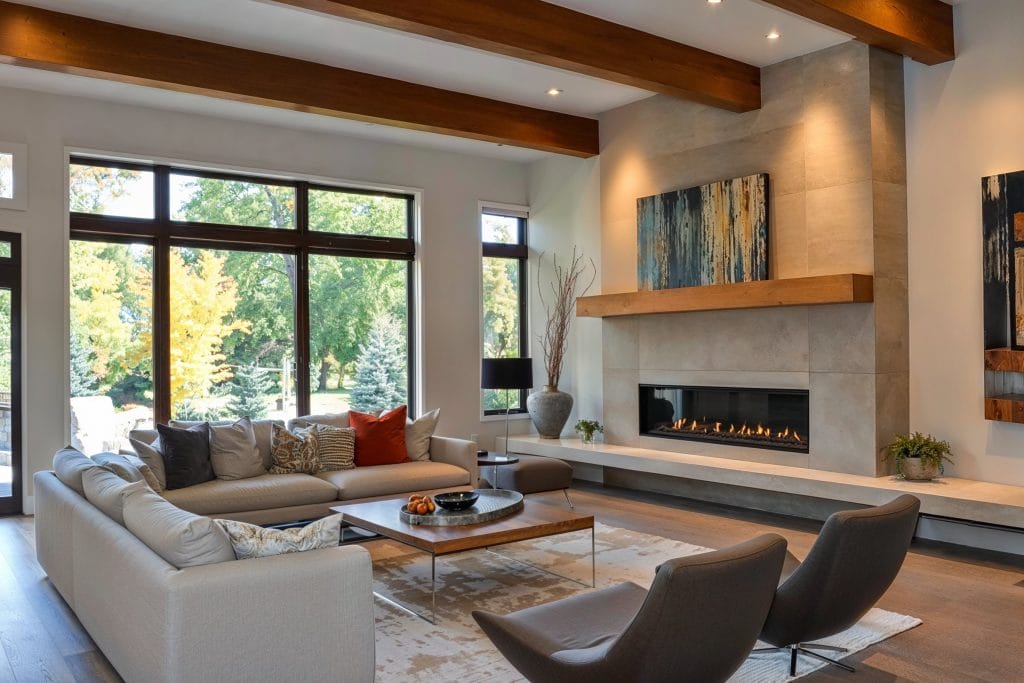
Decorating on the fly rarely delivers satisfying results. Without a clear plan, it’s easy to end up with a disjointed design—a mix of items that don’t flow together or meet the needs of your space.
A bit of upfront planning can save you time, money, and frustration. So, start by identifying your style—whether that’s minimalist, bohemian, or traditional. Consider how you want the room to function and the kind of mood you want to create. Jotting down these ideas helps clarify your vision and guides every decision you make.
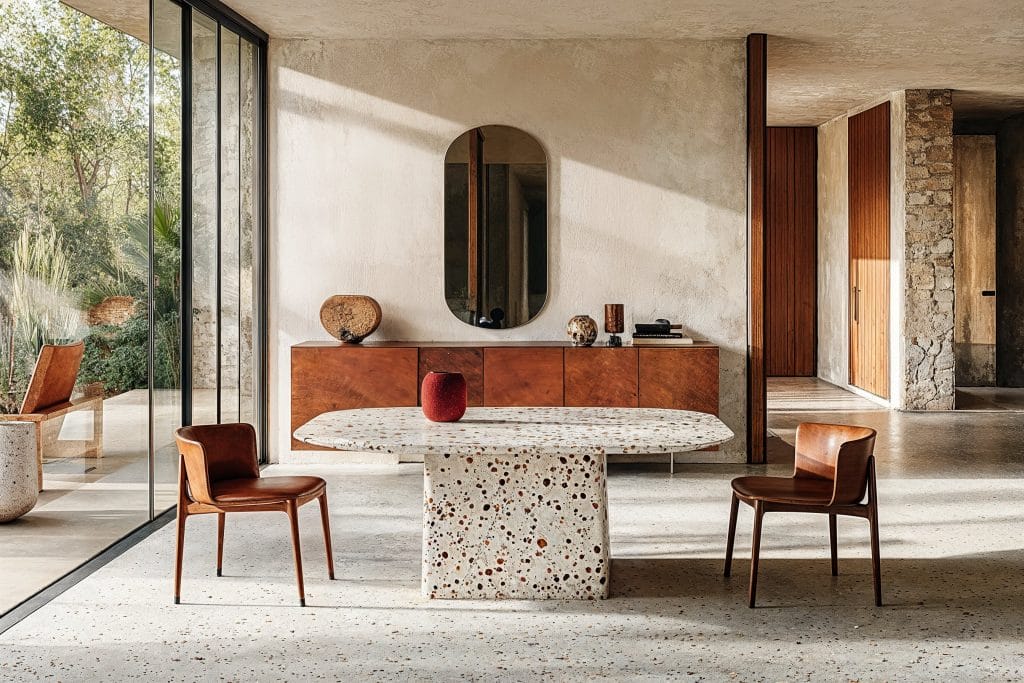
Handy Tip: When you feel overwhelmed, design services are game-changers. Decorilla’s dual proposals allow you to test layouts, get professional input, and avoid costly home decor mistakes, all while staying within budget.
4. Size Matters; Don’t Ignore It
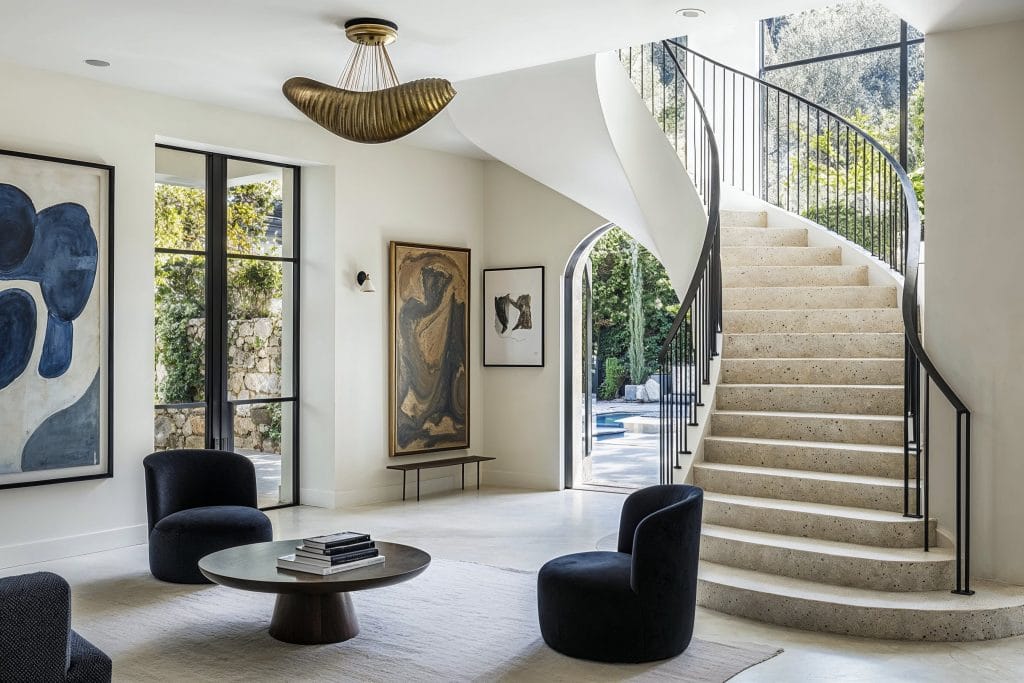
One of the biggest home decor mistakes is overlooking scale and proportion. A room with oversized furniture can feel cramped, while small pieces in a large space can look lost and out of place. Balance is everything.
Start with a floor plan to determine how much space you have and what size pieces will fit best. When you really visualize layouts, you can avoid buying furniture that overwhelms or underwhelms a room. Keep in mind that all spaces—especially small rooms—can benefit from multipurpose furniture like ottomans with storage.
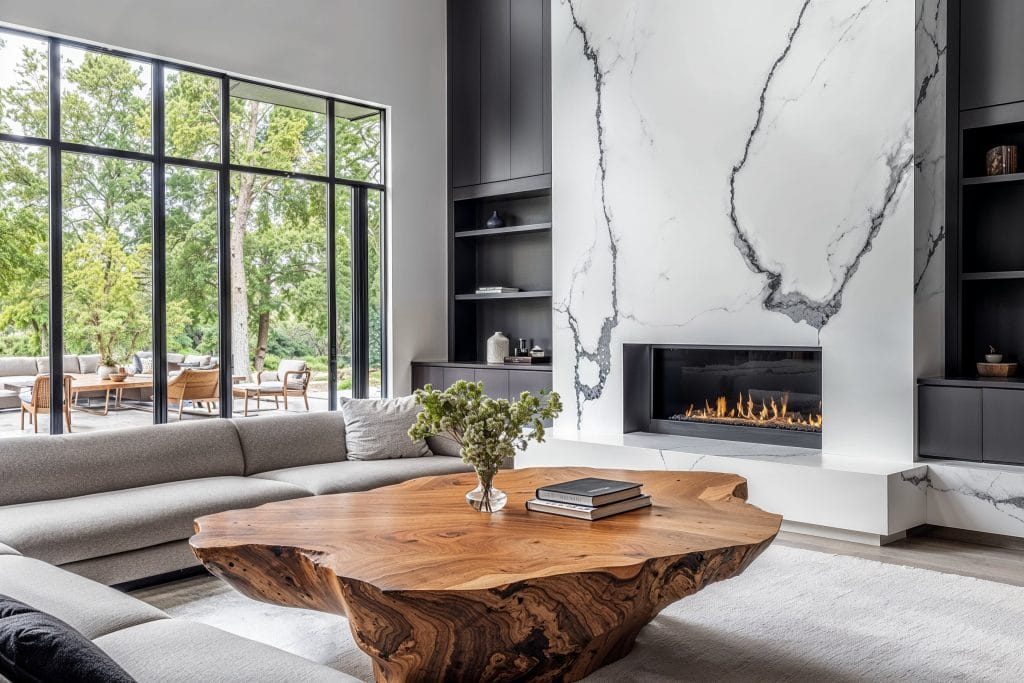
Handy Tip: In open-concept areas, invest in one or two bold statement pieces, like an oversized sectional that will anchor the design.
5. Leaving Nature Out is a Miss
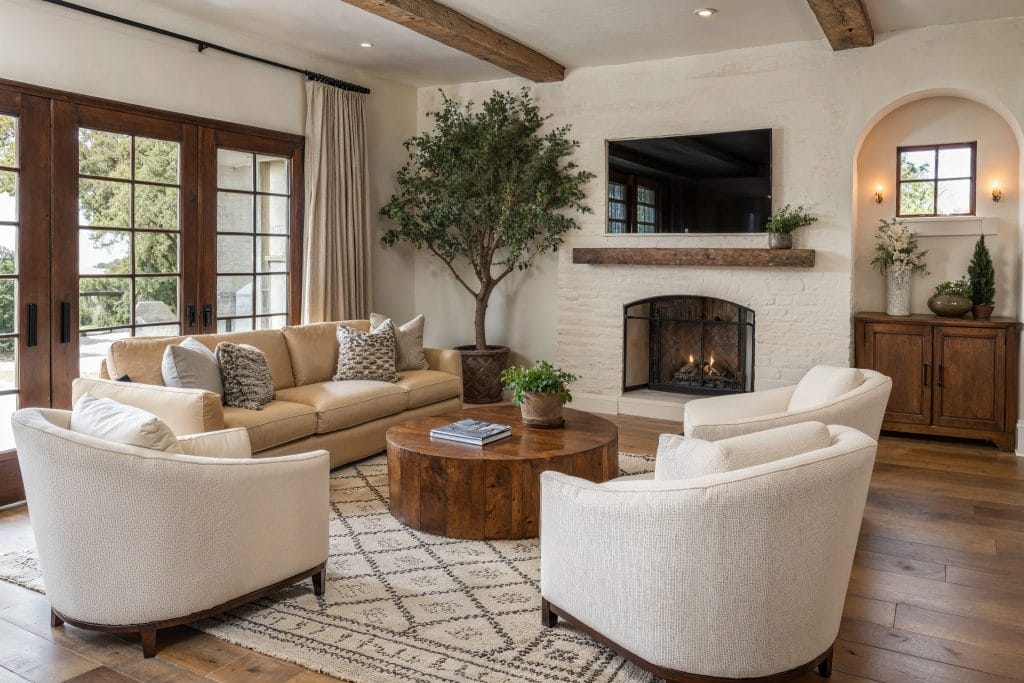
A space without natural elements can feel sterile and flat. Plants, fresh flowers, and even natural textures breathe life into a room, making it feel more dynamic and far more pleasant.
Adding greenery is one of the simplest and most affordable ways to upgrade your home’s look. It could be a leafy monstera in the corner, a vase of fresh blooms on the dining table, or even driftwood as decor. These organic touches also balance out manufactured materials.
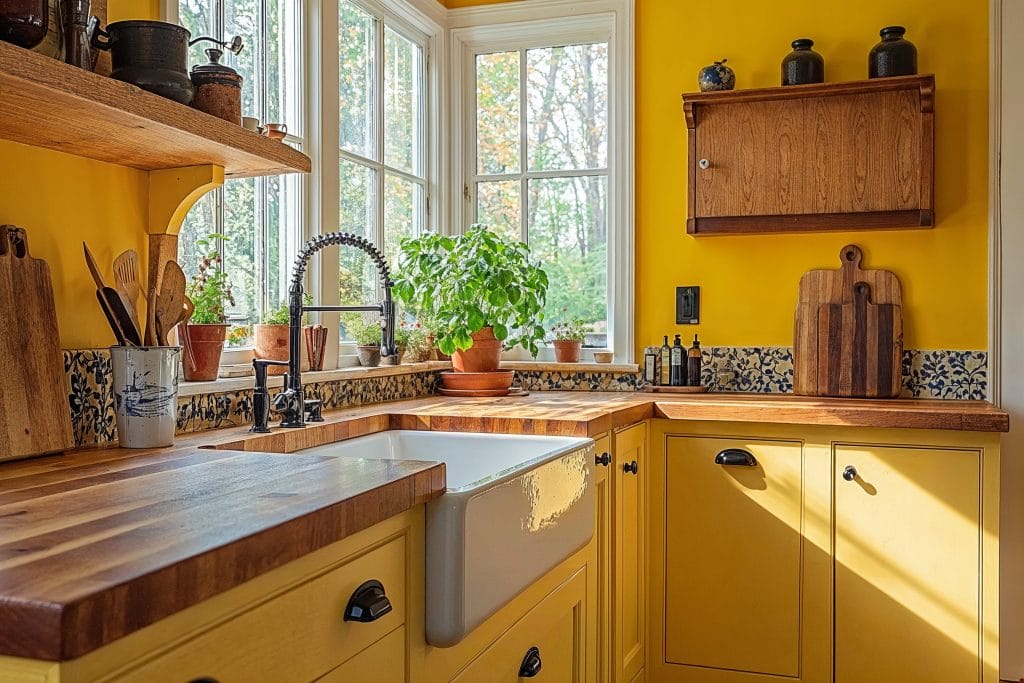
Handy Tip: For those plant-challenged, low-maintenance options like succulents or snake plants can still make an impact with minimal effort.
6. If You Don’t Like It, Ditch It
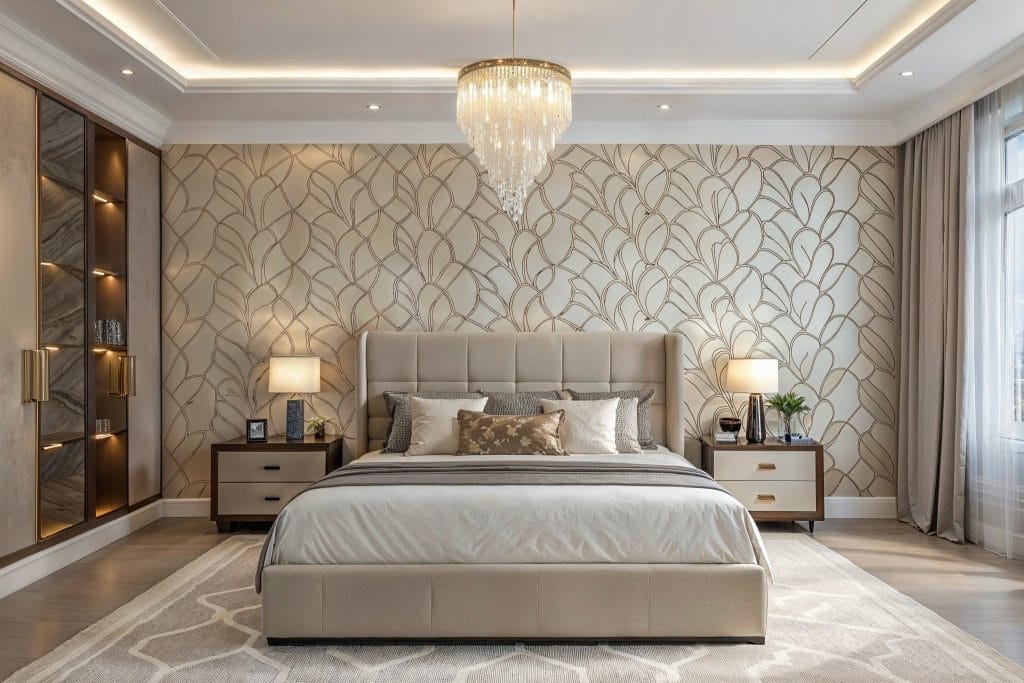
Hanging onto pieces you don’t love is a surefire way to derail your interior design. Whether it’s outdated decor or a family heirloom that doesn’t suit your style, keeping items out of obligation can clutter your space emotionally and visually.
Take a hard look at your scenery and be honest about what brings you joy versus what you’re holding onto out of habit. Donate, re-gift, or recycle items that no longer serve you.
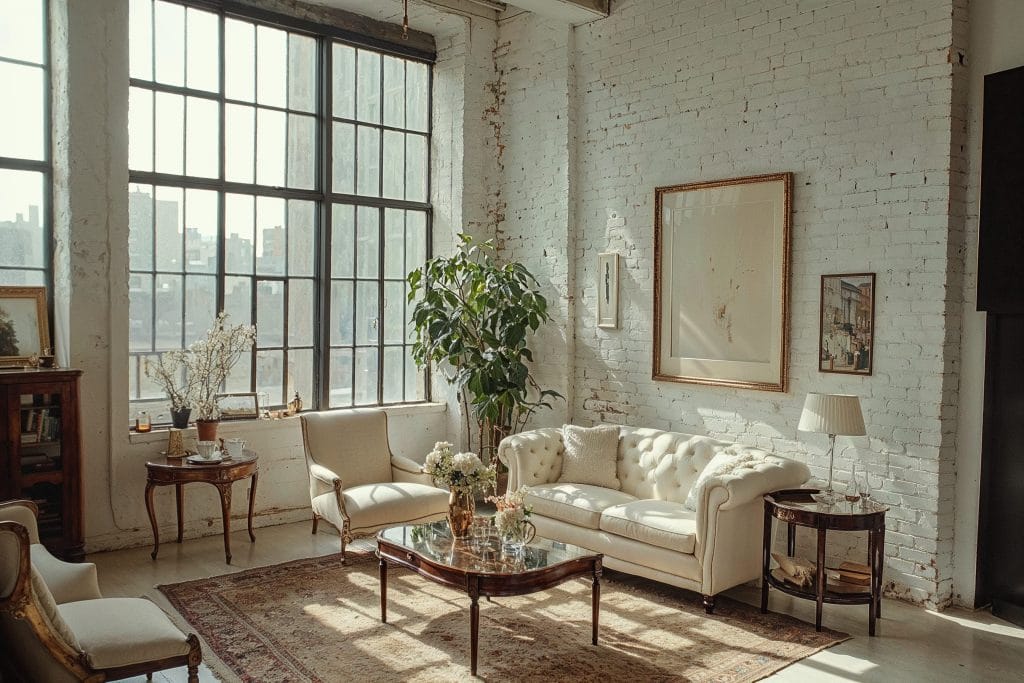
Handy Tip: If it makes you feel kinda guilty, think this way: The process opens up room for creating a less cluttered home that feels truly yours.
7. Don’t Under-Plan Wall Hangings
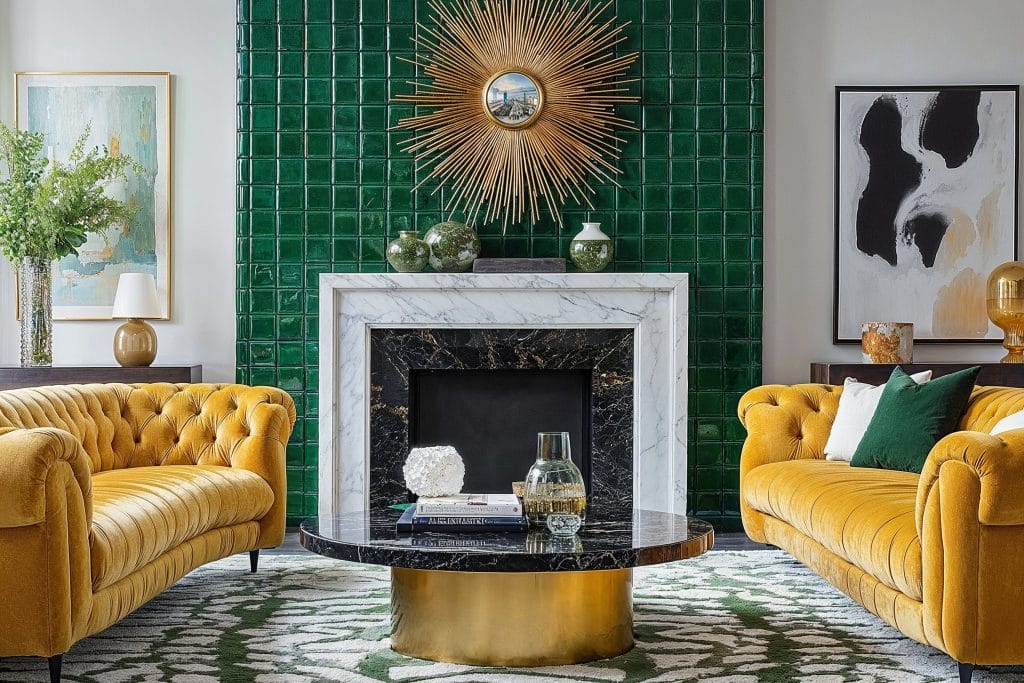
Artwork is a powerful design tool, but mishandling it can throw off an entire room. Hanging pieces too high creates a strange, disconnected look, while overloading every wall with art can feel chaotic.
Avoid mistakes by planning where you want art to go, taking into account sightlines and spacing. Eye level is typically the best height for hanging and a safe bet for beginners; though varying heights can add visual interest. Leave some walls bare to give the eye a place to rest, creating balance in the room.
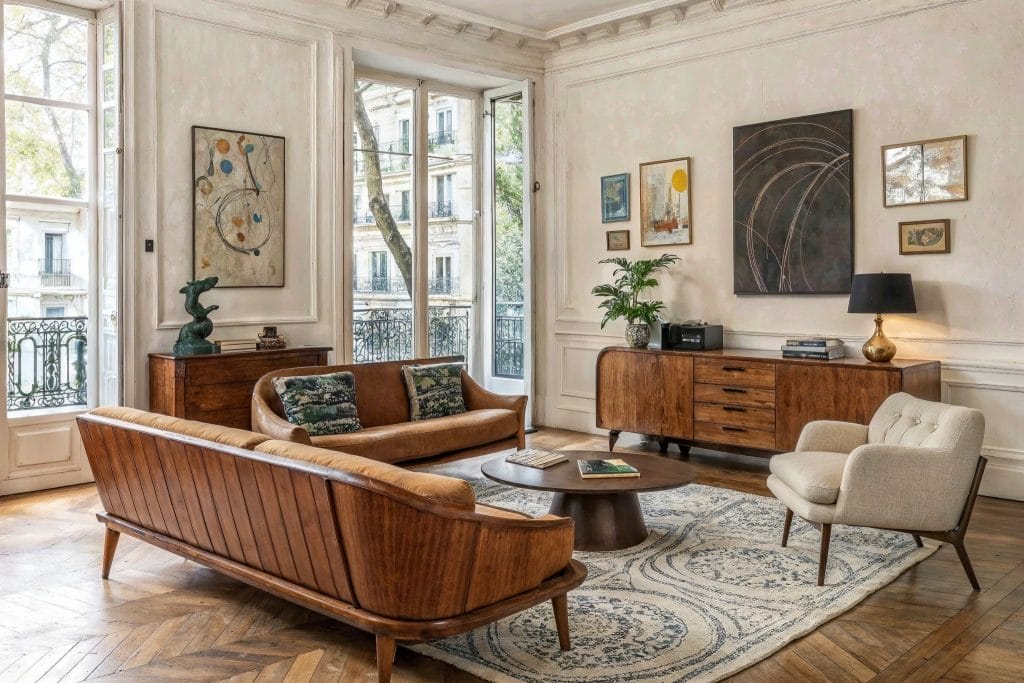
Handy Tip: When in doubt, group smaller pieces together as a gallery wall instead of scattering them all around.
8. No Layers, No Depth: No Visual Interest
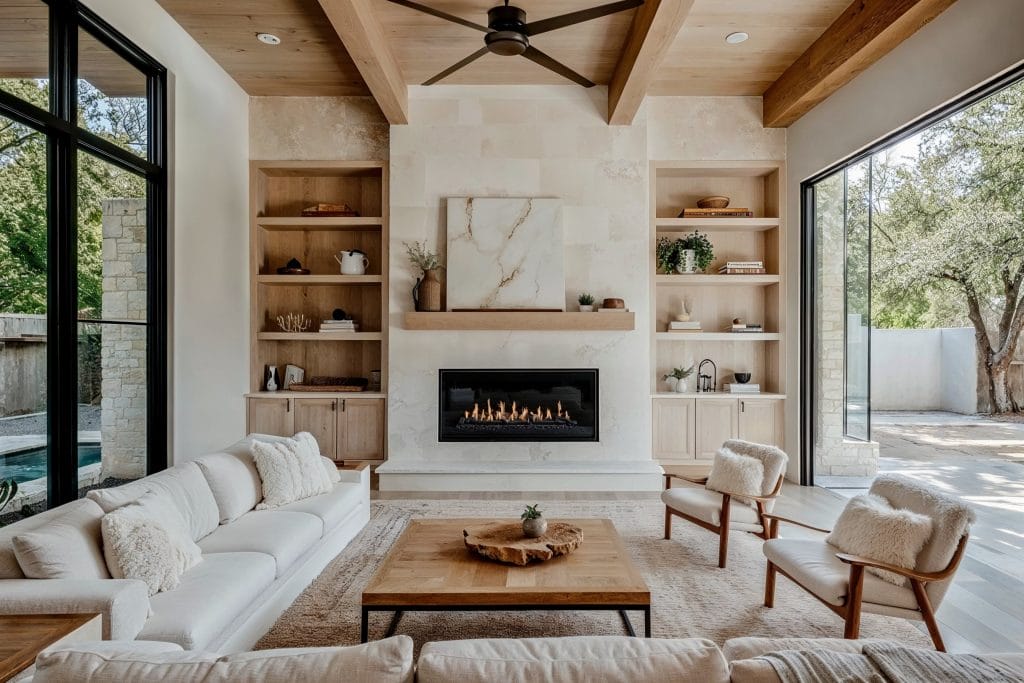
Flat designs with little depth look dull, plus they are rarely enjoyable to dwell in for long. Rooms do need layers—different textures, materials, and lighting—to feel dynamic, elaborate, and complete.
Incorporate a mix of materials like wood, glass, metal, and soft textiles to create contrast. Layer throws, cushions, and even rugs add more warmth and give the room versatility. Layered lighting is also a staple of good room design; more on that in a minute.
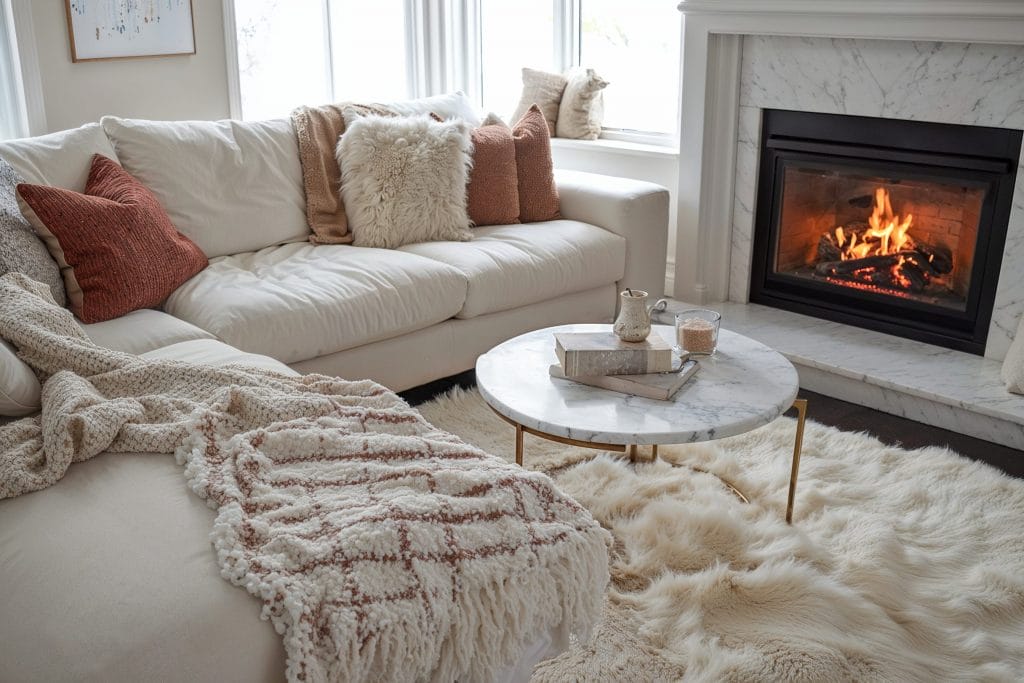
Handy Tip: Don’t forget small touches, like a textured vase or a woven basket. They all contribute to a layered, finished look that feels lived-in and intentional.
9. Ignoring Function for Style
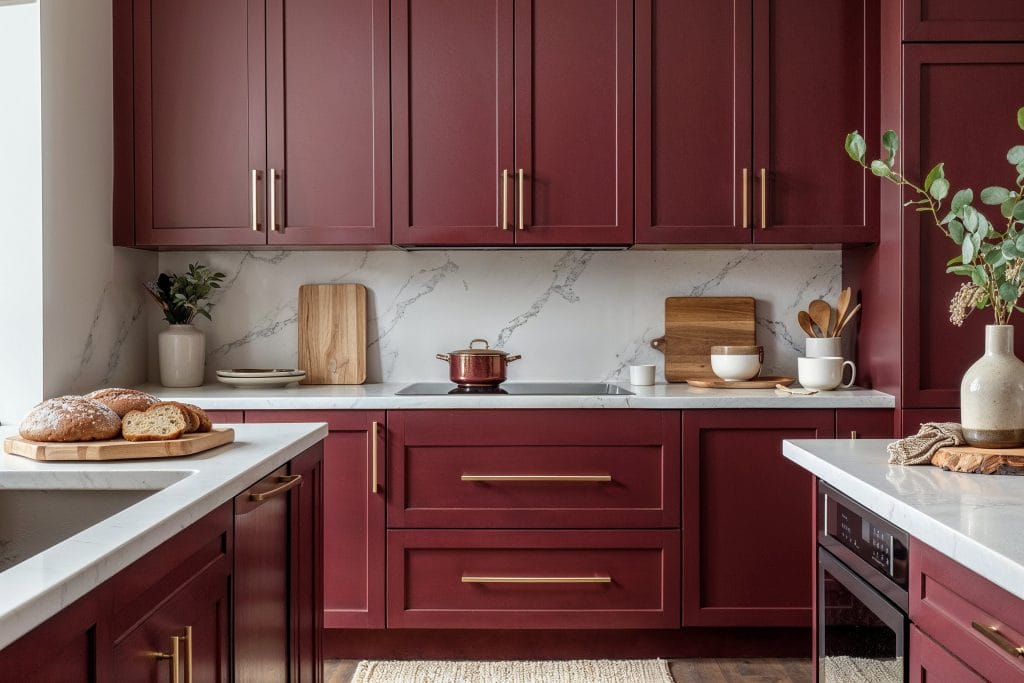
Design that looks great but doesn’t work for your lifestyle is another one of the common interor design mistakes to avoid. A beautiful sofa that’s too delicate for kids or a dining table that’s too small for gatherings can convey loads of frustration.
Always consider functionality when furnishing. Think about how you use your spaces and invest in pieces that enhance your daily life. Performance fabrics, modular furniture, and hidden storage solutions, for example, can blend style and practicality seamlessly.
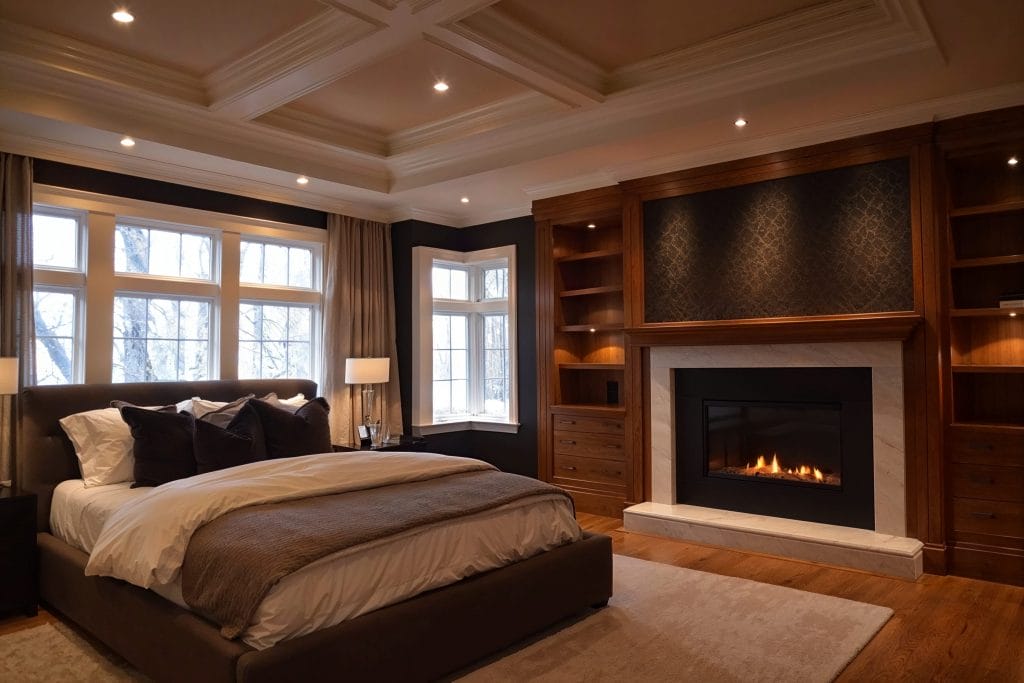
Handy Tip: Before buying new design elements, ask yourself: Will this piece make my life easier or harder?
10. No Light Layering
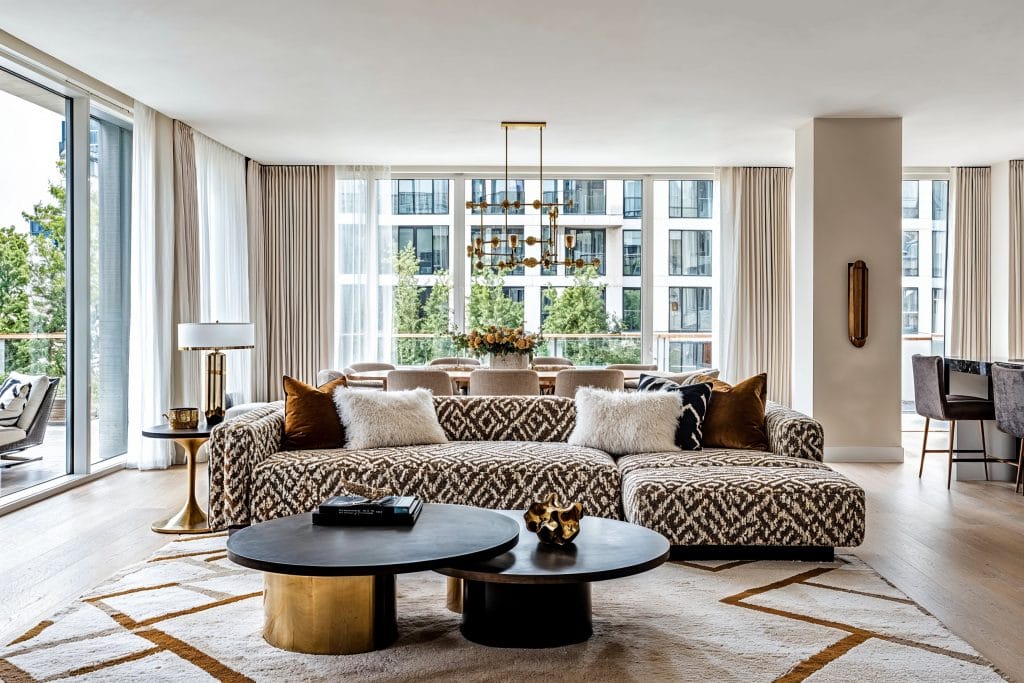
Relying on a single light source is a frequent mistake that can leave a space feeling flat, overly harsh, or not always task-friendly. An adequately designed room needs a mix of lighting types, namely ambient, task, and accent lighting.
Start your light layering with overhead fixtures that provide general illumination but can feel sterile on their own. Adding table lamps, wall sconces, or under-cabinet lighting softens the space, gives more flexibility, and creates zones for different activities. Then comes accent lighting, such as picture lights or LED strips in shelves, to highlight focal points.
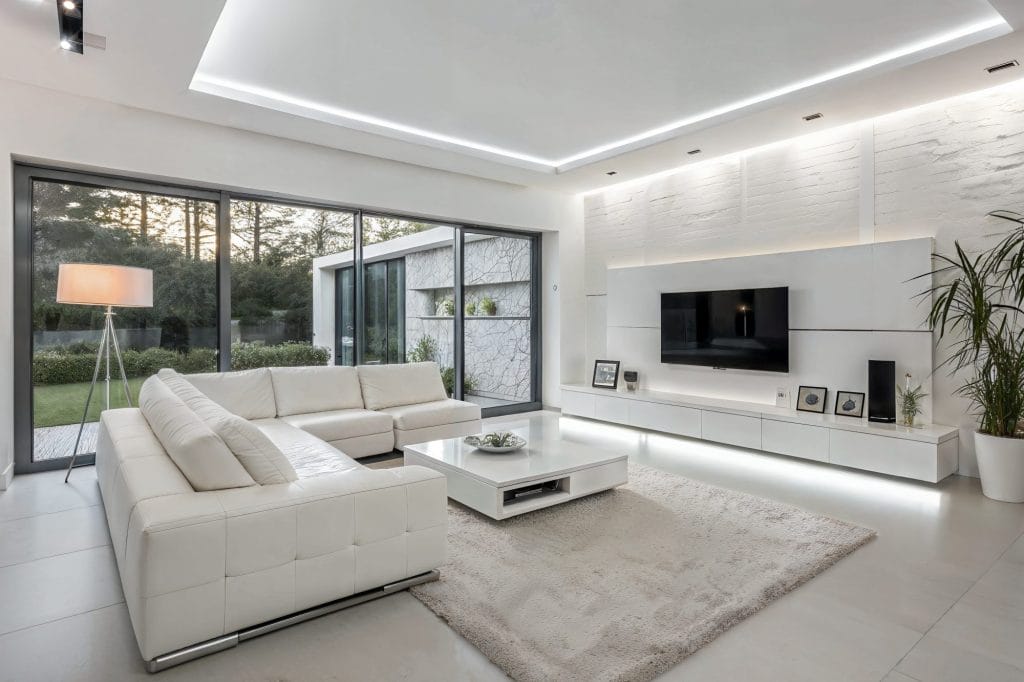
Handy Tip: Use dimmers to adjust light levels. Pair them with smart bulbs for added control so you can quickly shift the mood as needed.
Looking to avoid home decor mistakes in your rooms?
Make the most of your budget and ideas with professional assistance. Book your Free Online Interior Design Consultation to get started today!









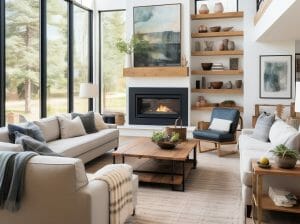

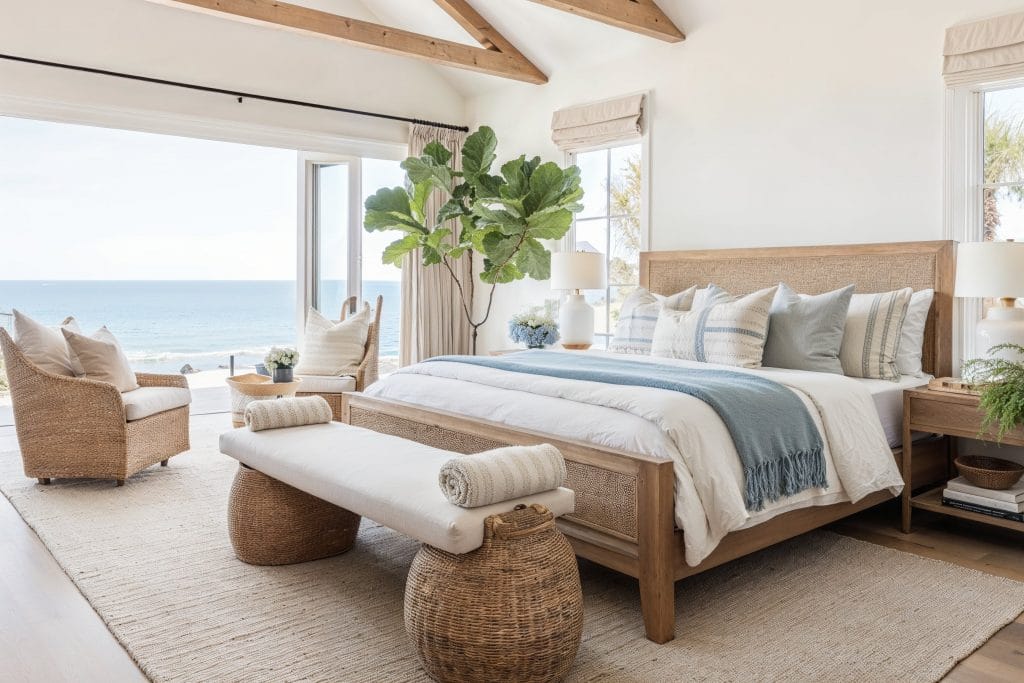
Comments
0 Comments
Most Voted